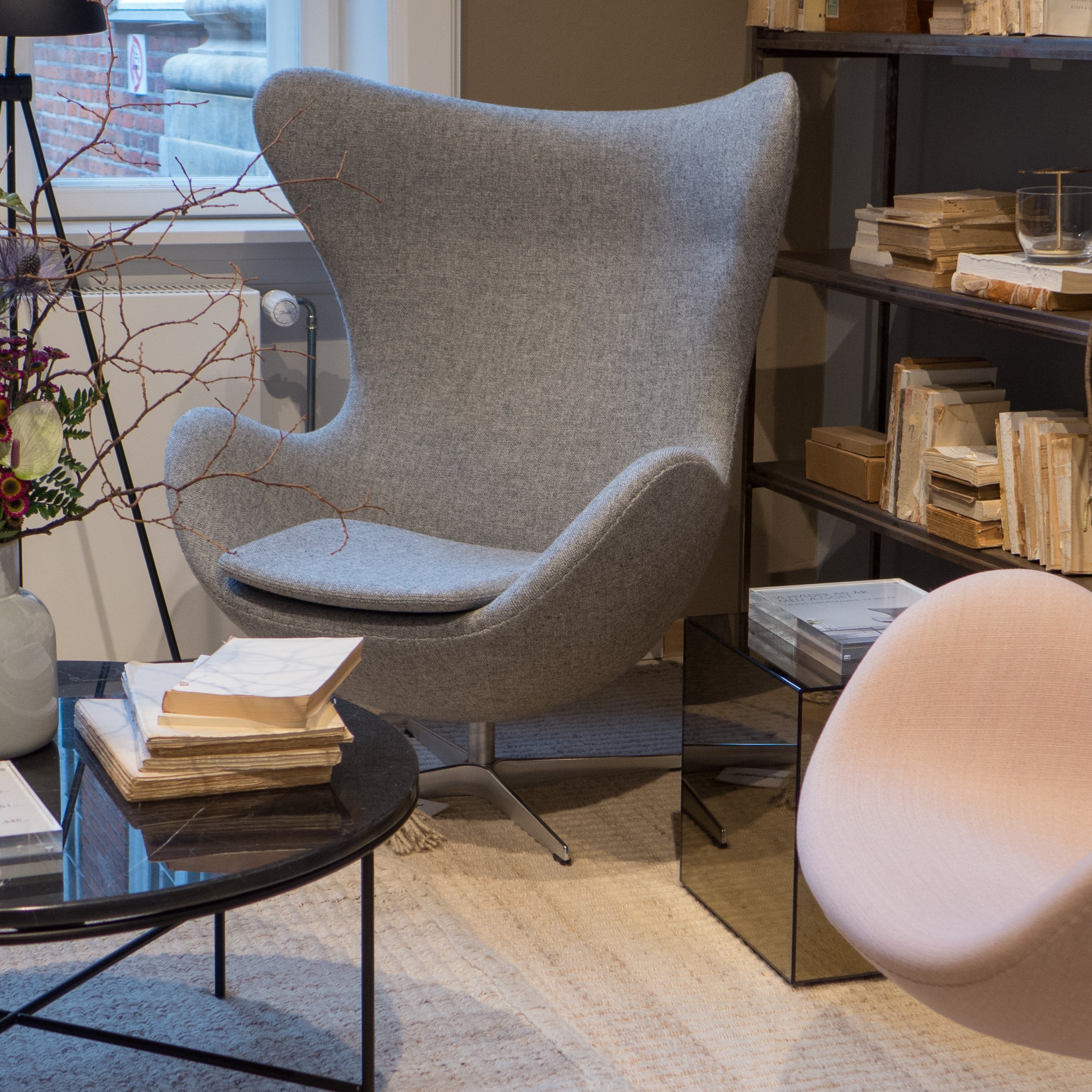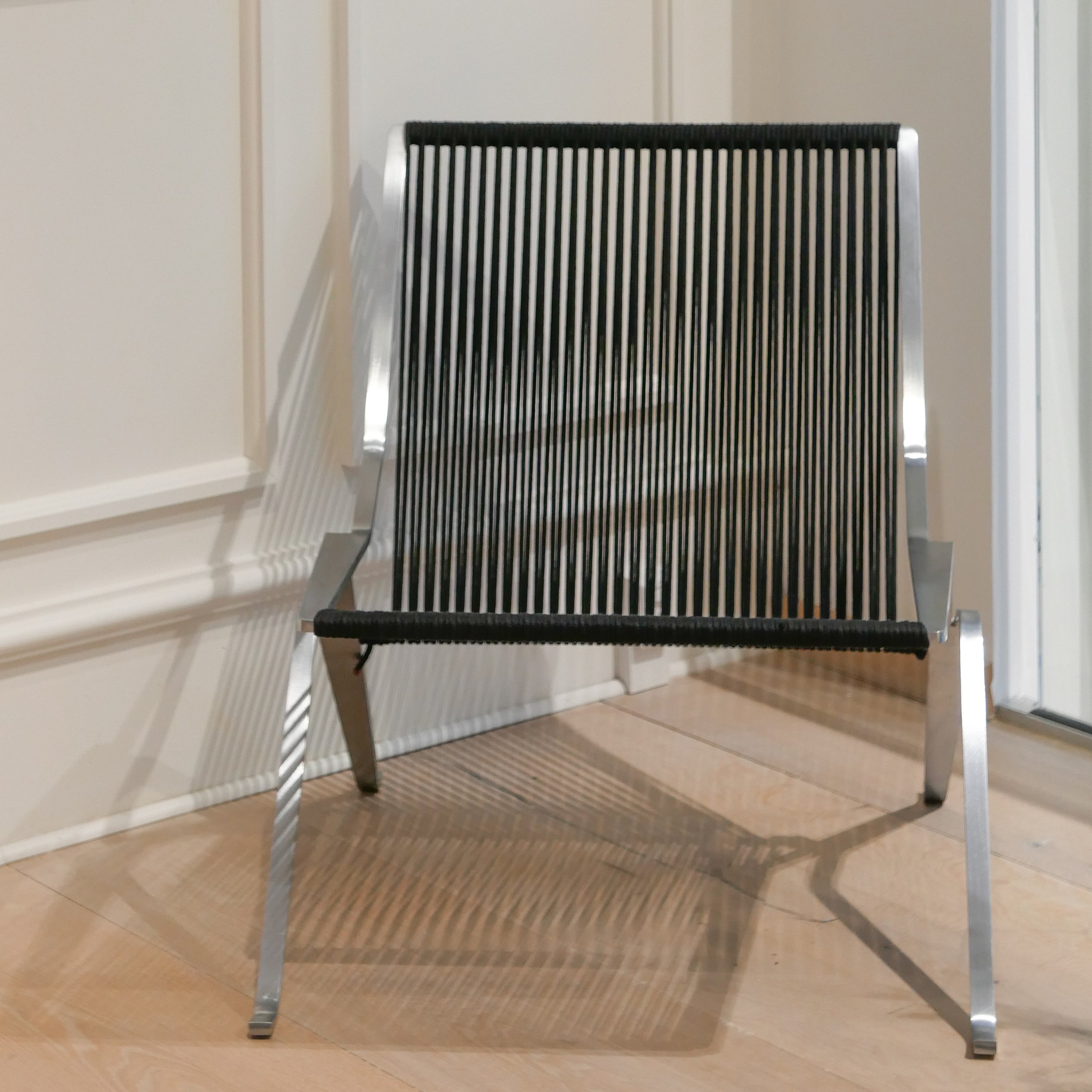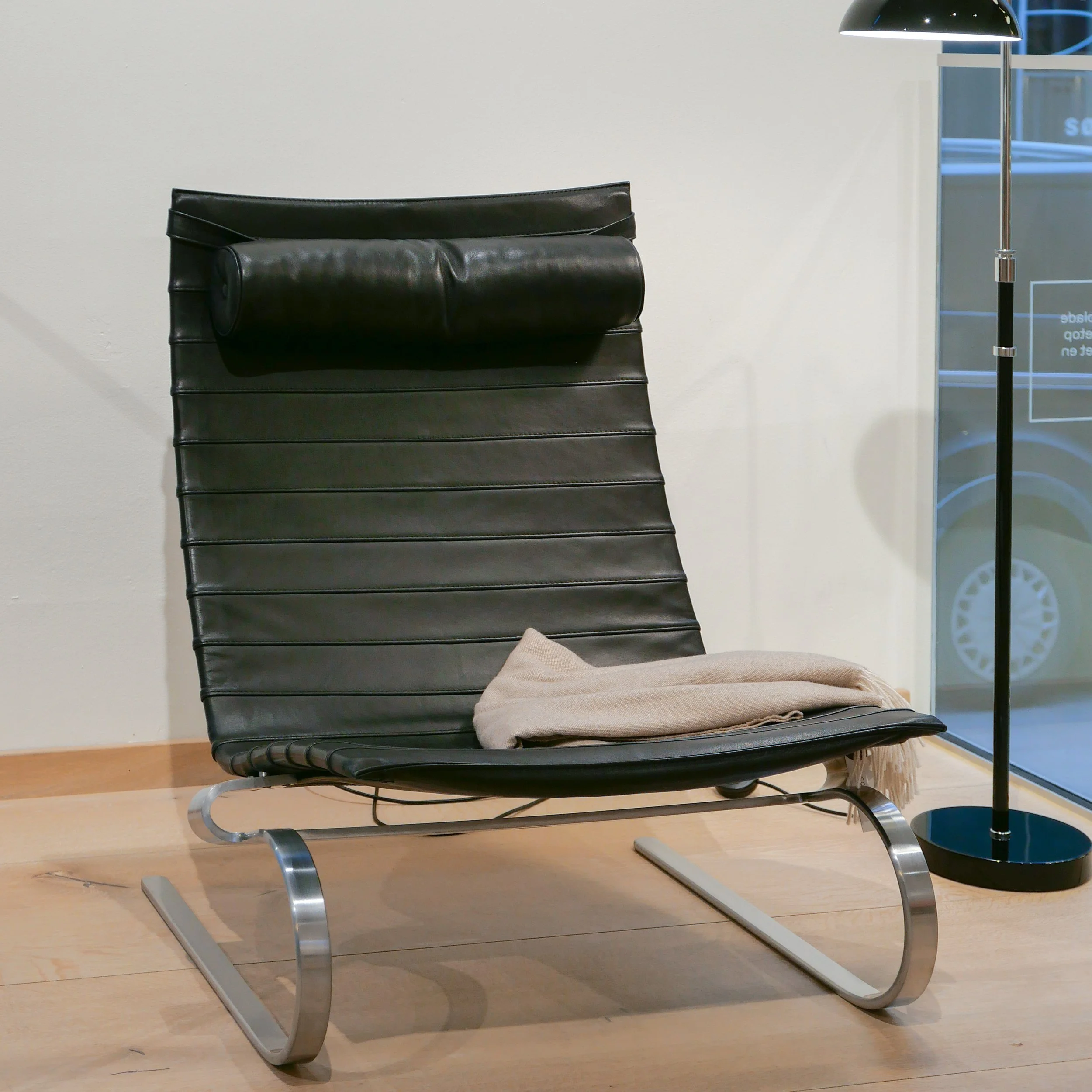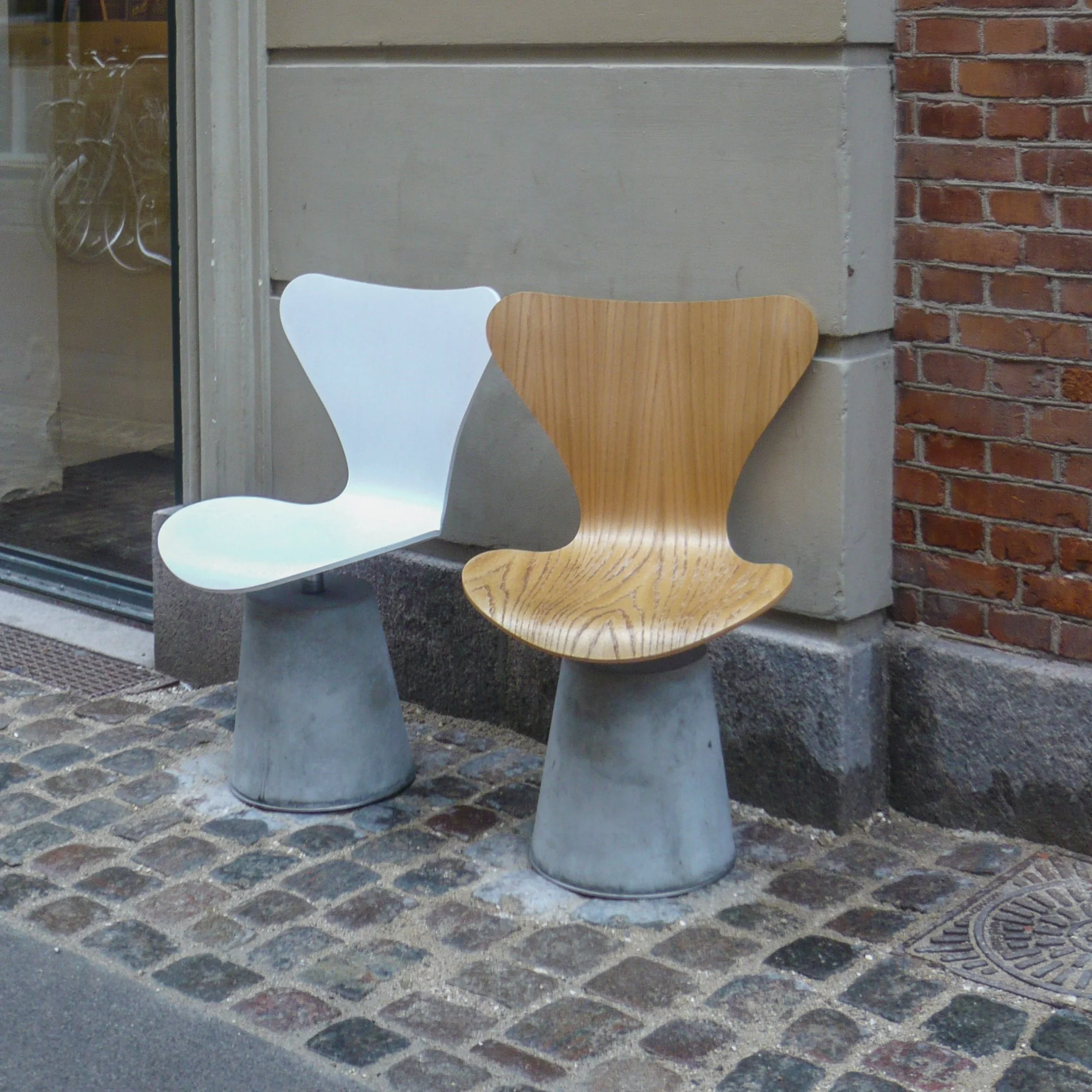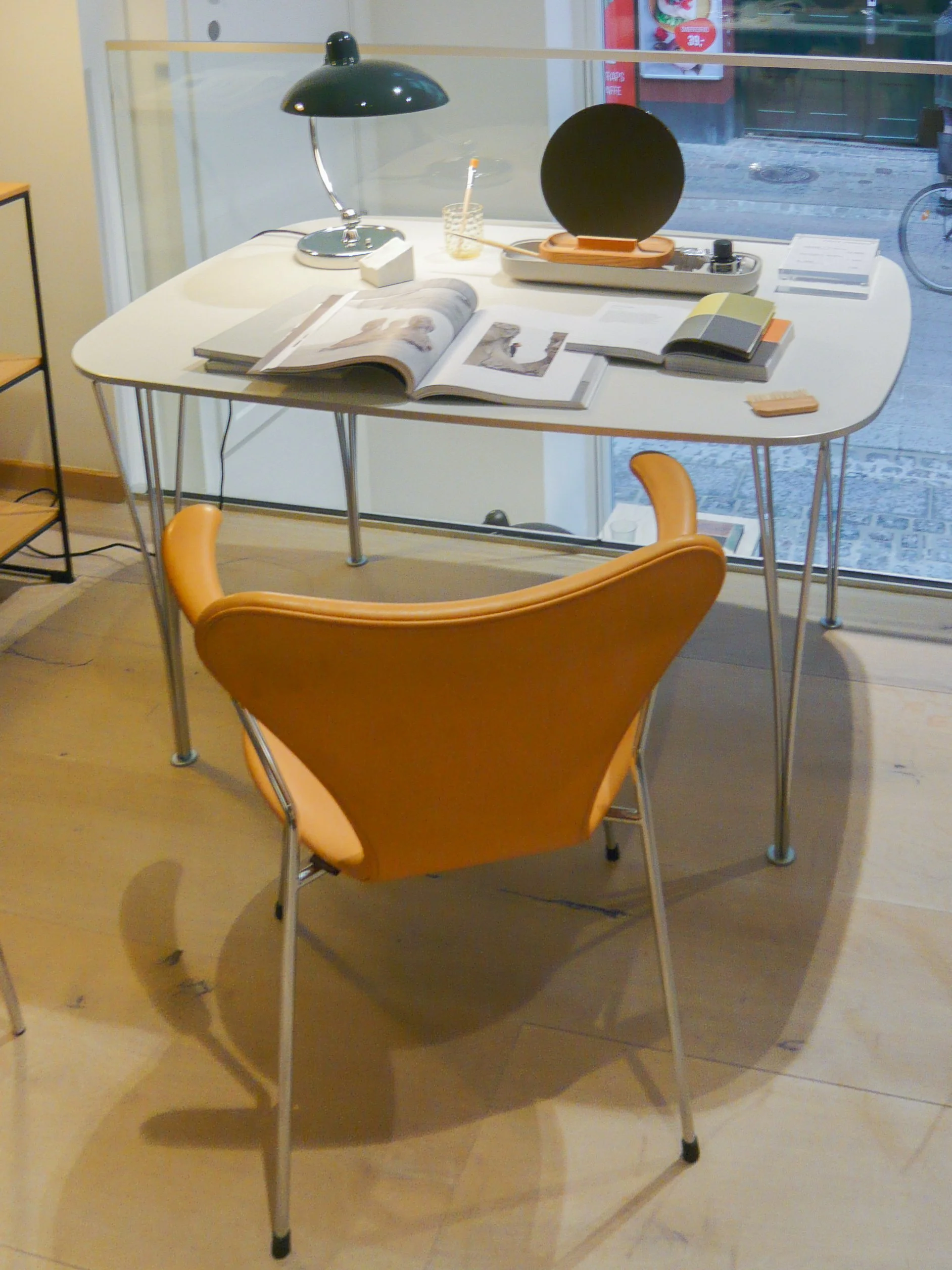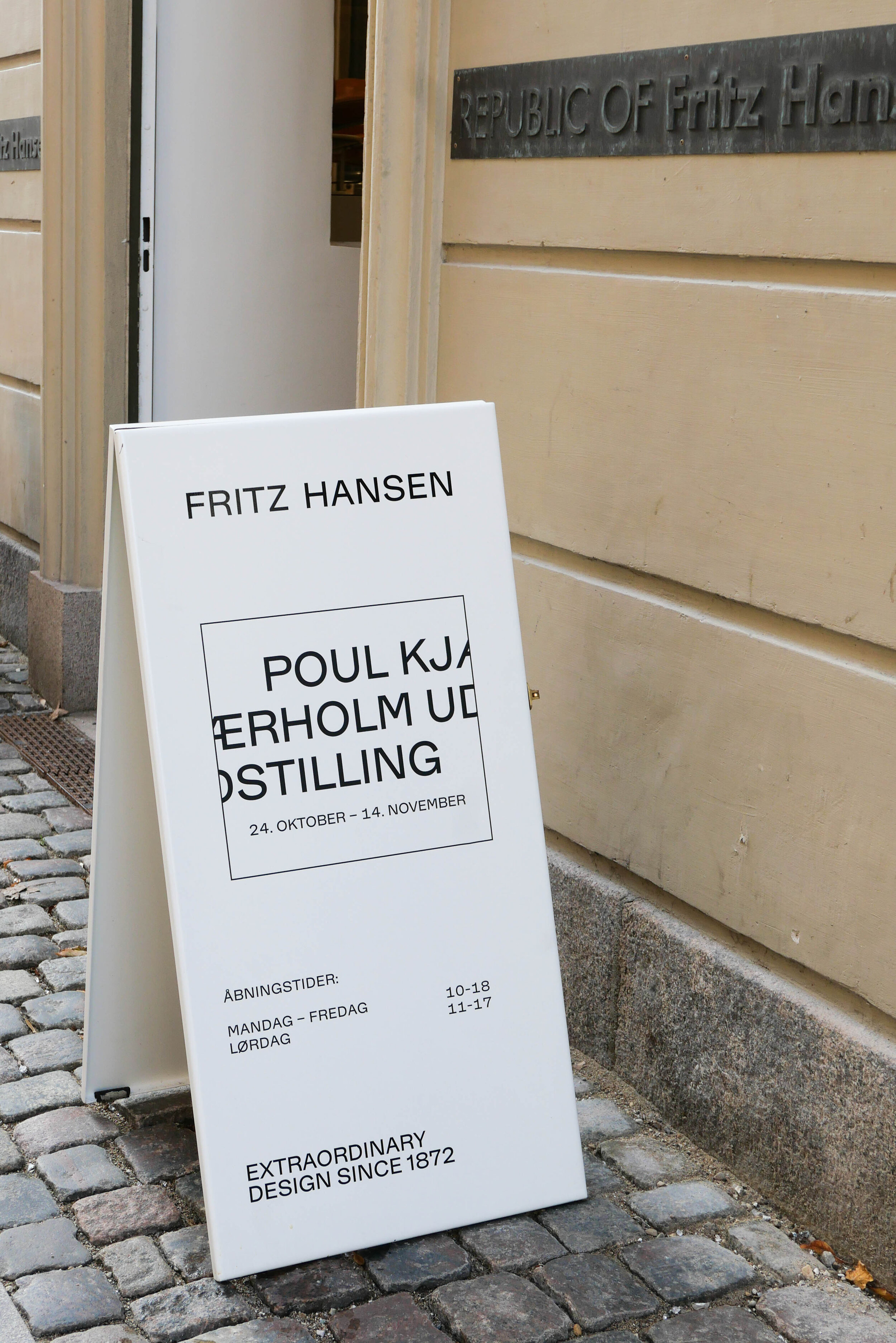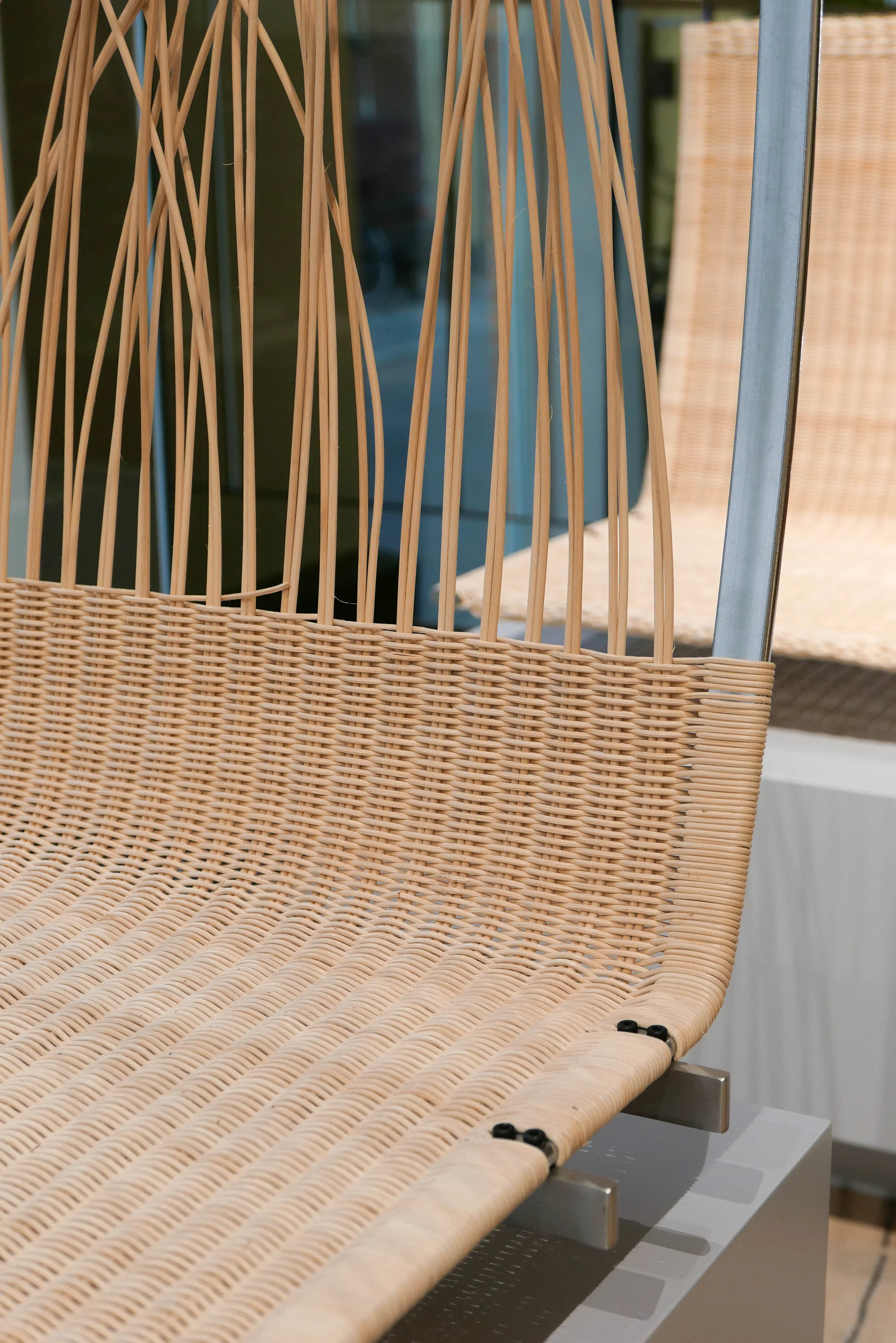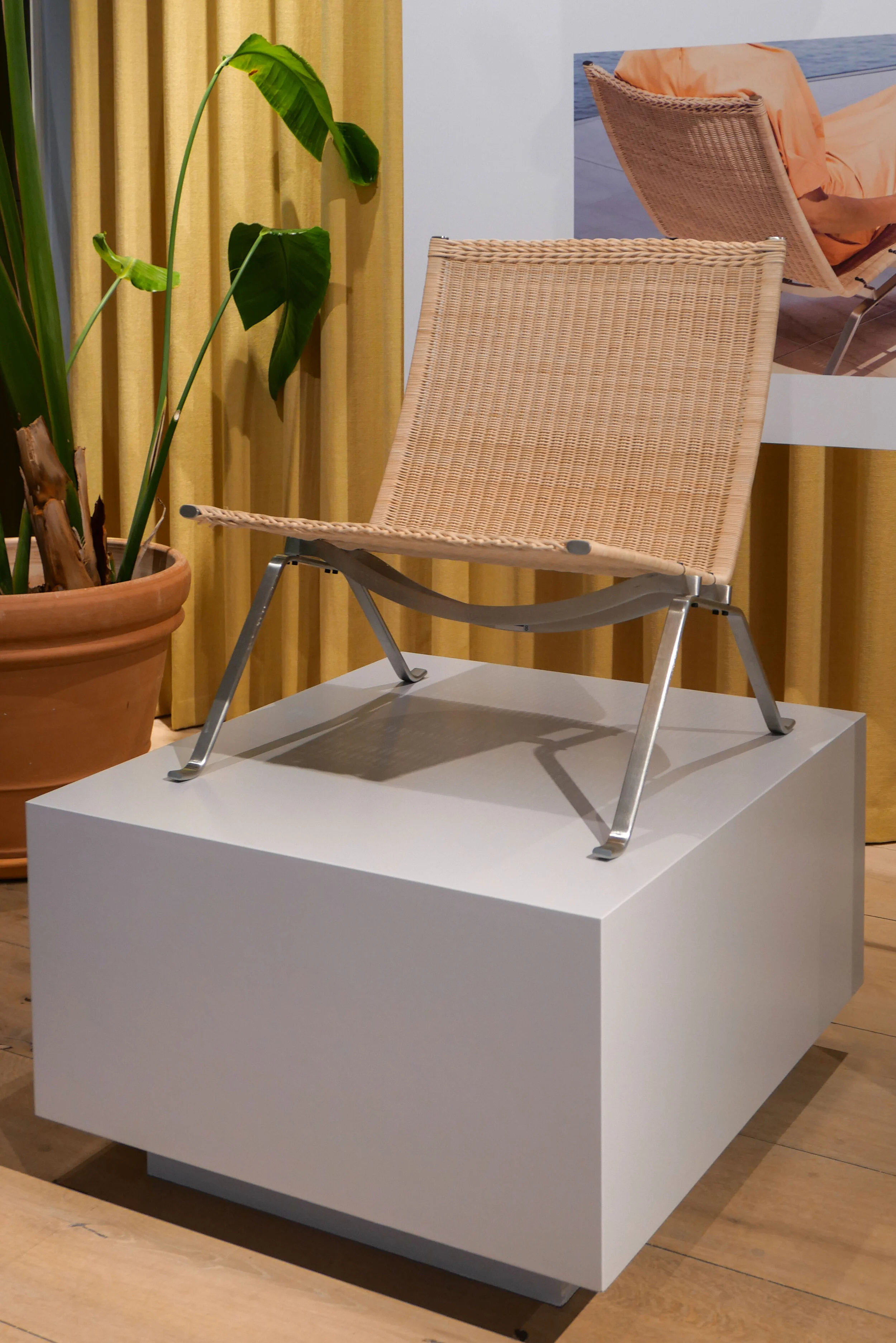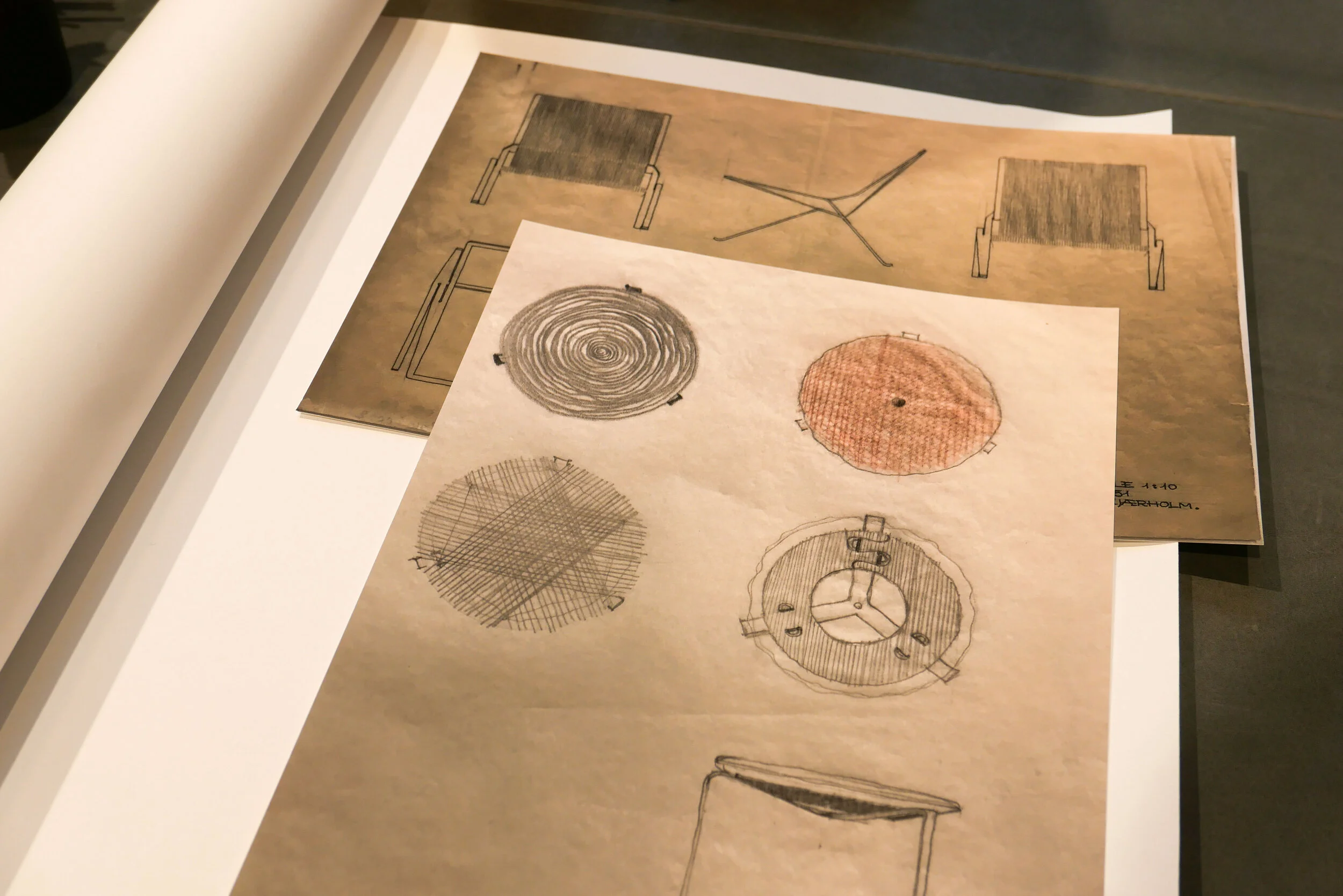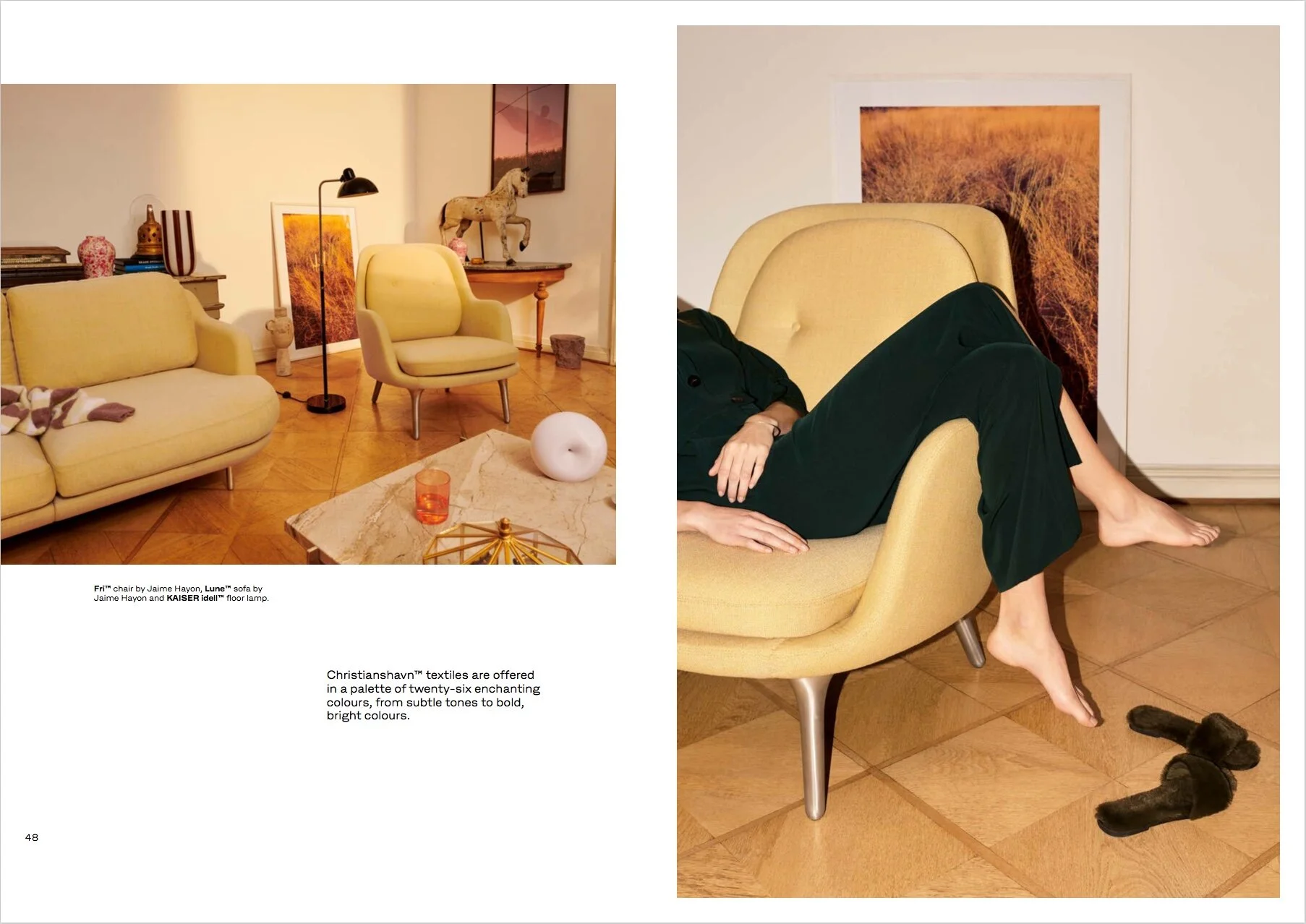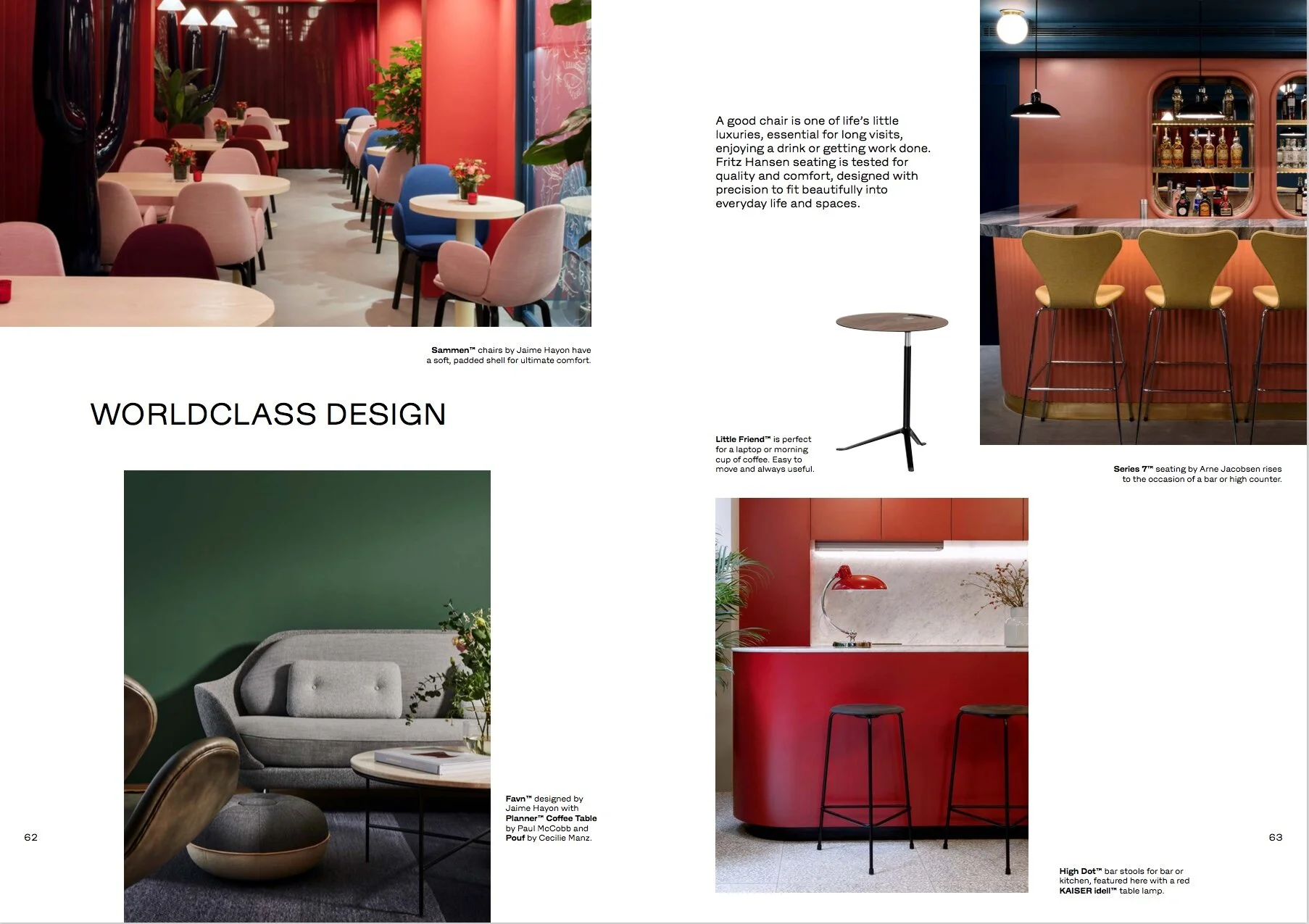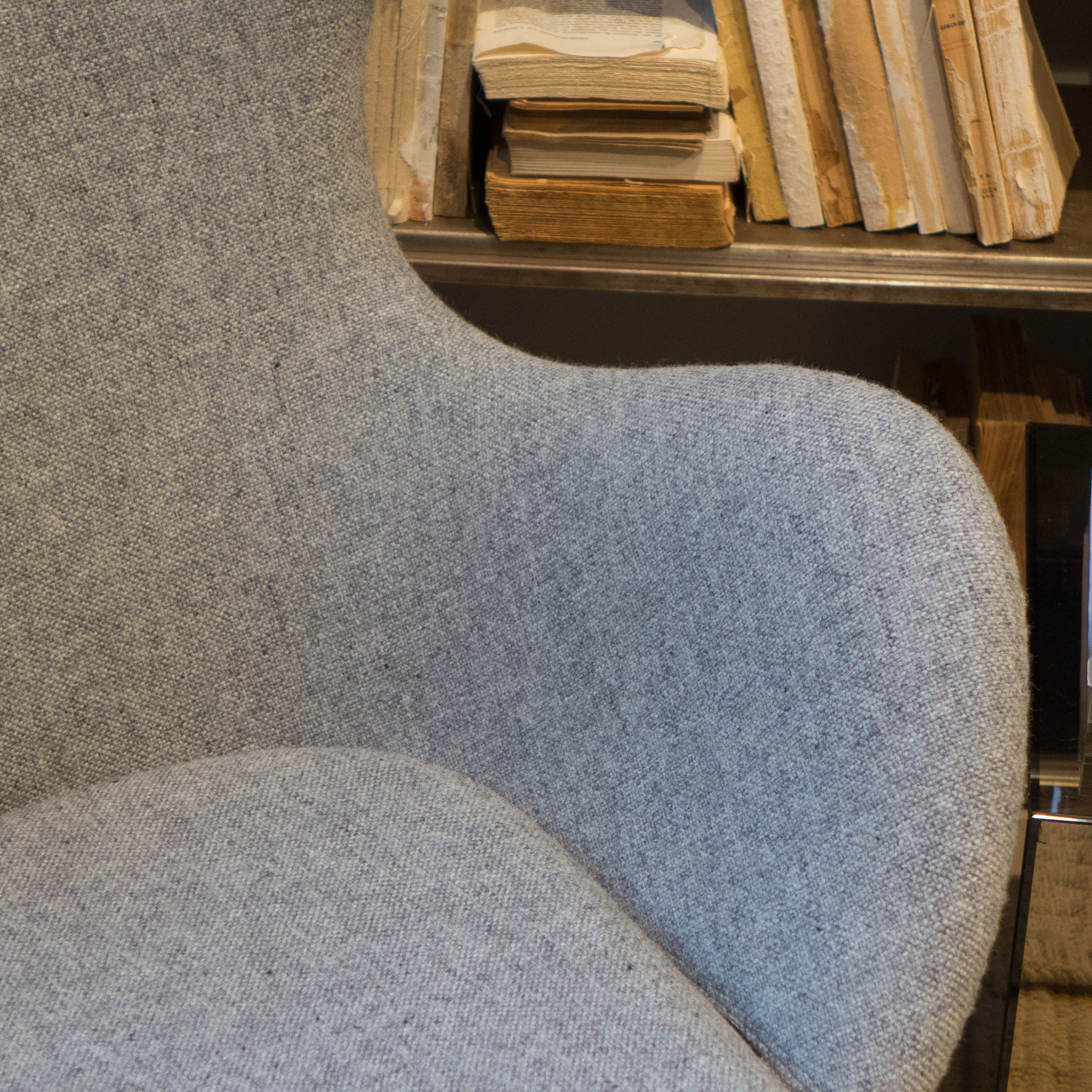Sustainability and reuse at Trends & Traditions 2023
/
Sustainability is not just about which materials we use and how we use them but also about salvaging and reusing materials and about restoring or repurposing what we already have or, simply, making sure that what we buy has been made well so that it lasts.
Nearly ten years ago, for an early post, I wrote about Artek 2nd Cycle in Helsinki where the Finnish design company takes back it’s furniture for resale if it comes with it’s back story. I have just checked and I’m glad to say that 2nd Cycle is still going strong.
It was interesting at Trends & Traditions to see that Fritz Hansen, to its credit, is now offering a service to supply new shells for some of its chairs and also offers a service on it’s web site where you can buy spare parts for chairs including spacing blocks and new castors or wheel sets.
Too often, a small break or damage to one part of a chair or table has, in the past, meant that the whole thing has to be replaced …. it is inevitable that in day-to-day use parts like handles or hinges get broken but for too many large, international companies, keeping and selling spare parts has not been to their advantage …. why sell a small rubber block and tell a customer how to replace it if you can either sell a complete replacement piece of furniture or save yourself the hassle and cost of maintaining a stock of spare parts.
One of the clear selling points for Danish design is the quality of production - with the presumption therefore that the furniture will have a long life - but also Danish furniture companies have a strong sense of continuity …. Chair 7 has been in the Fritz Hansen catalogue continuously since 1955 so that is a lot of chairs that might simply need a new set of plastic caps for the legs.
Sometimes, restoring or upgrading furniture needs specialists or the work requires equipment or specialist tools so there has to be work for a workshop in a city like Copenhagen where, for instance, the metal frames of chairs or tables could be professionally cleaned and then repainted to a high standard to be reunited with an original shell or high-quality top in ‘real’ wood or where a new colour or new upholstery can give furniture a new and equally long second life.




